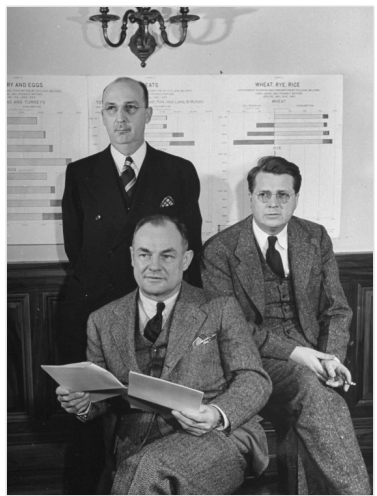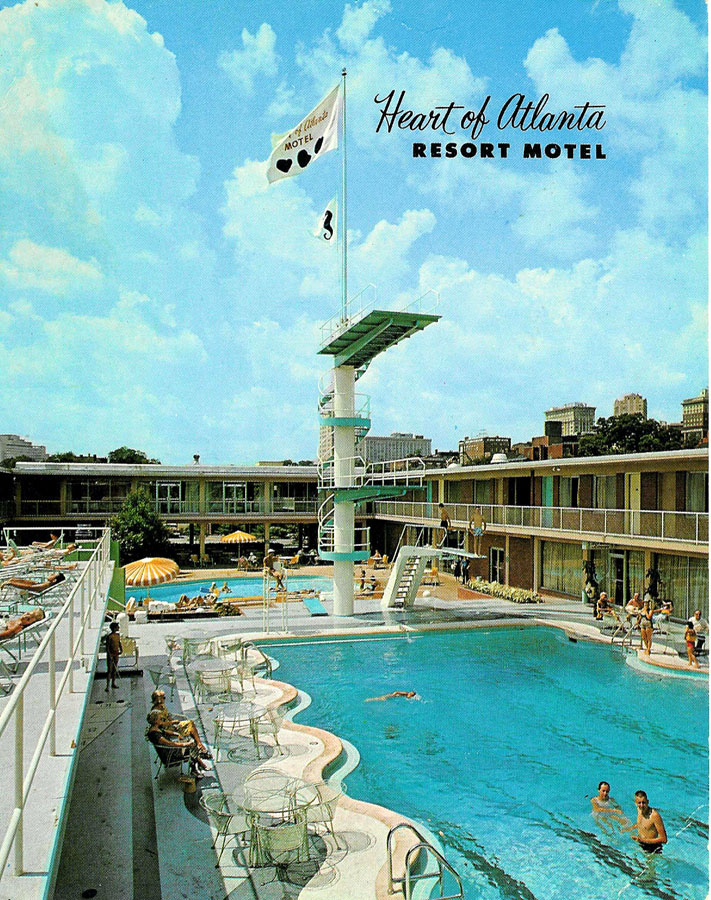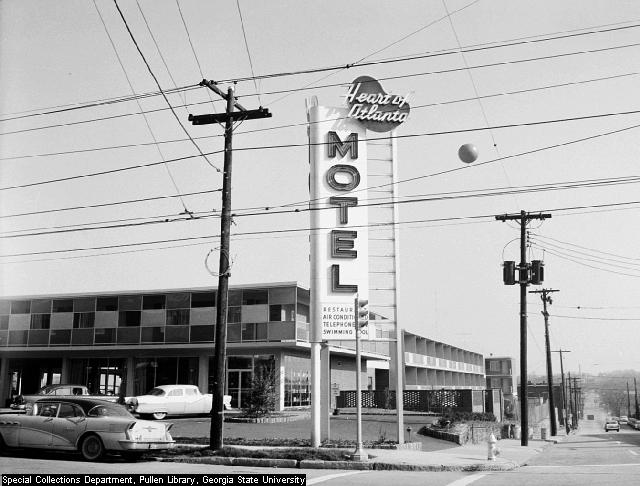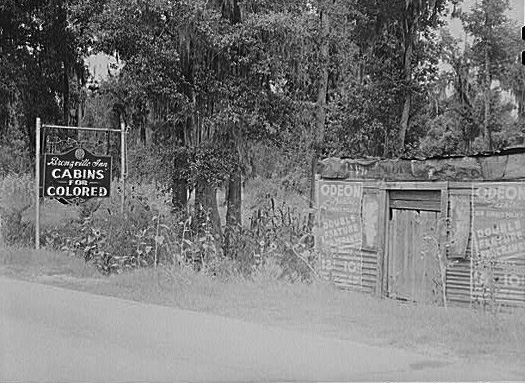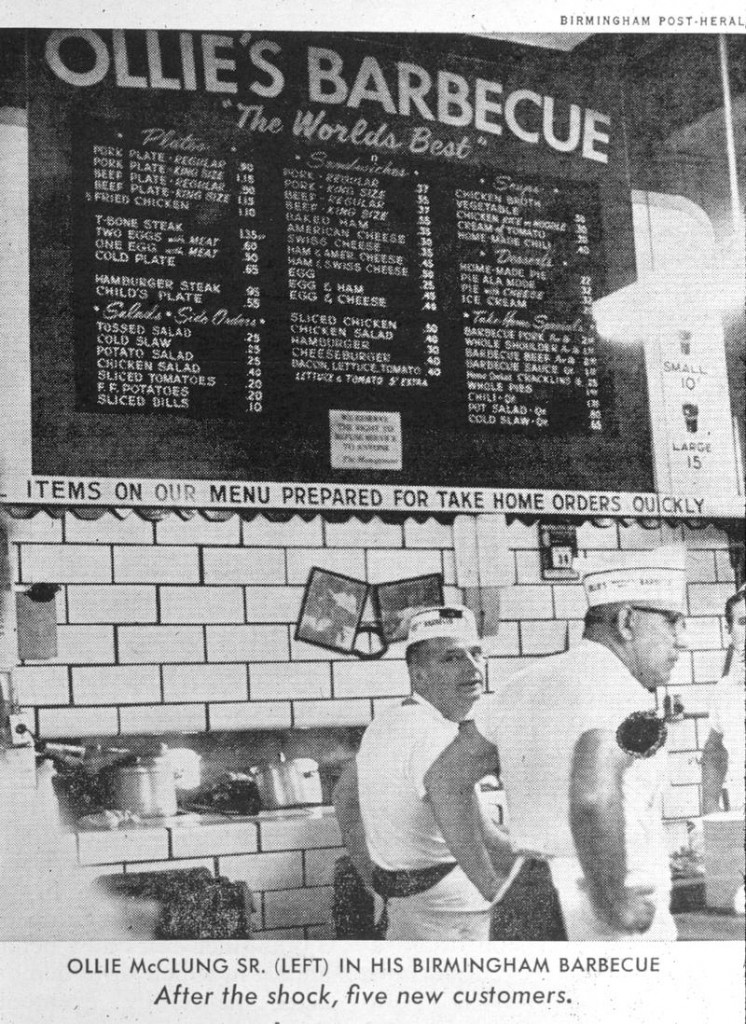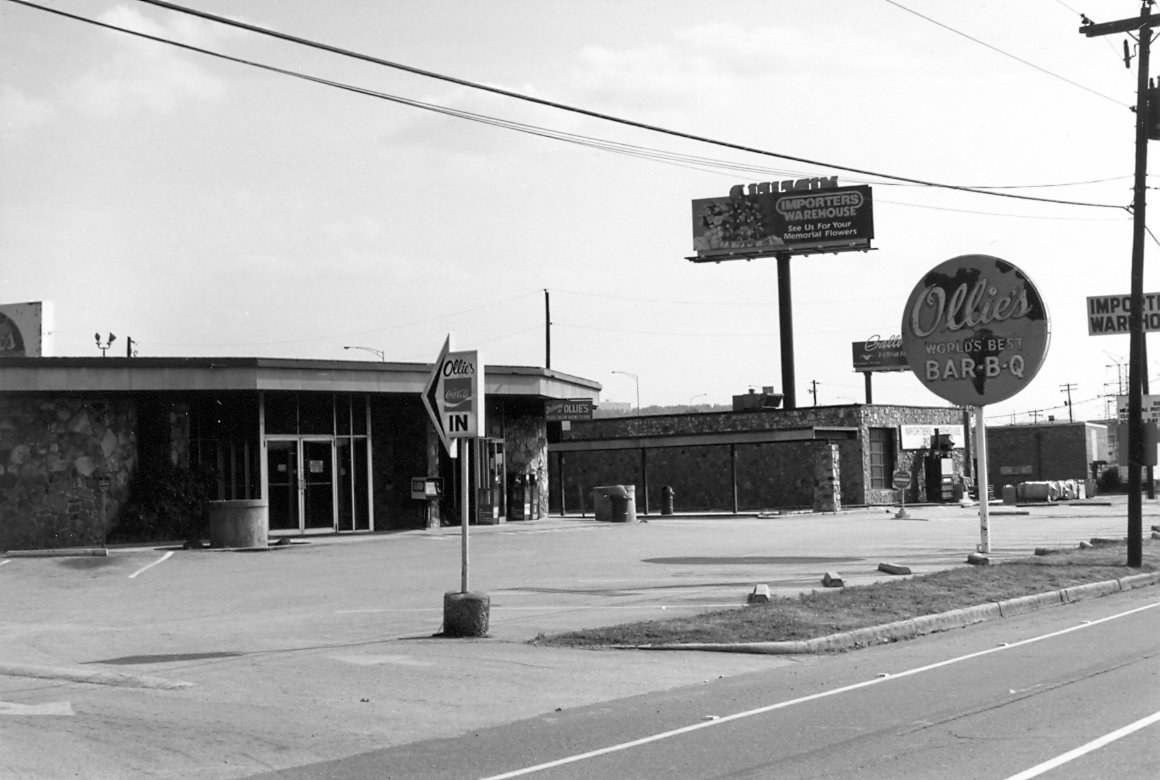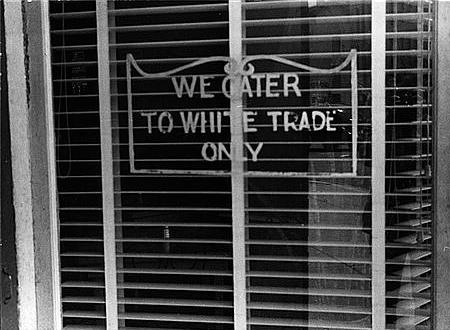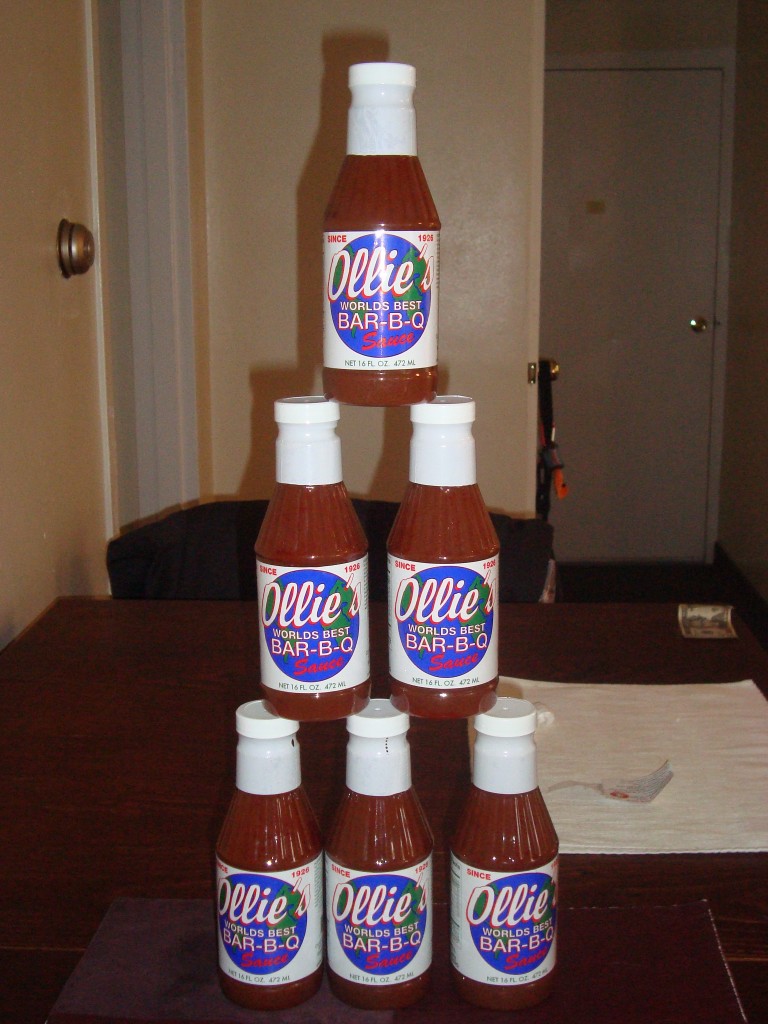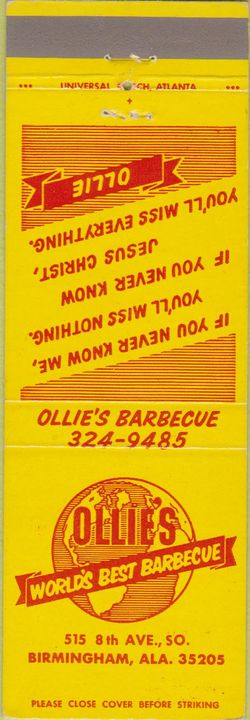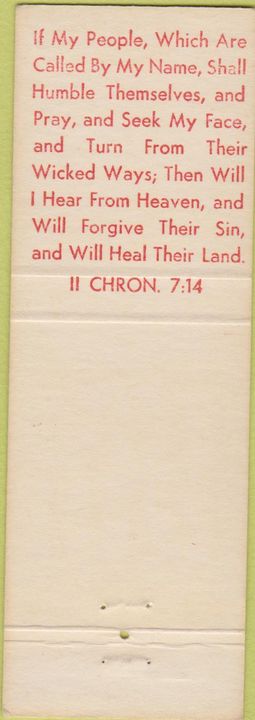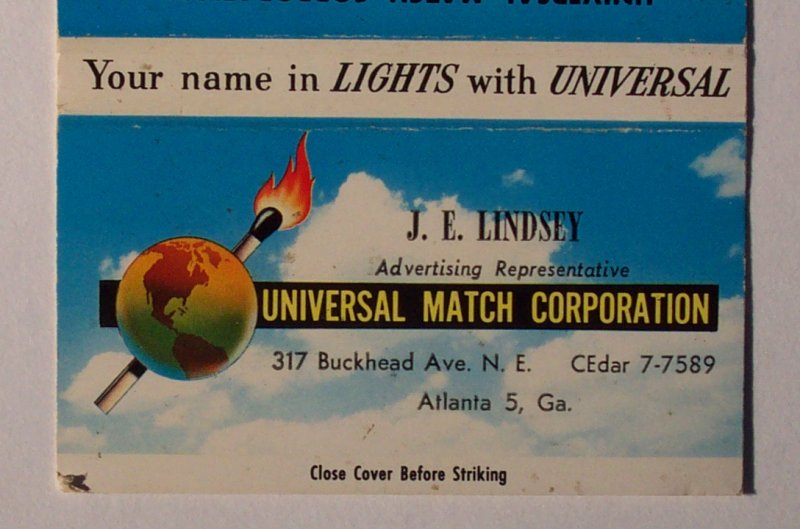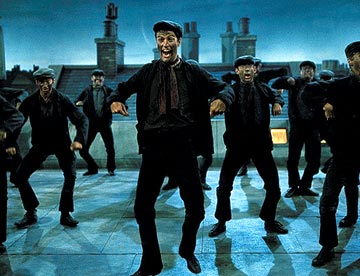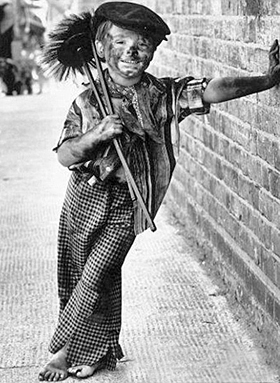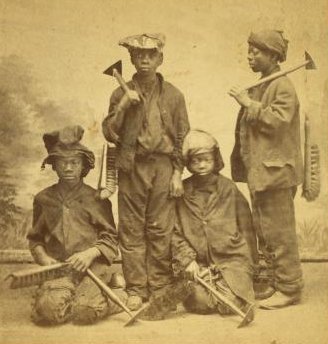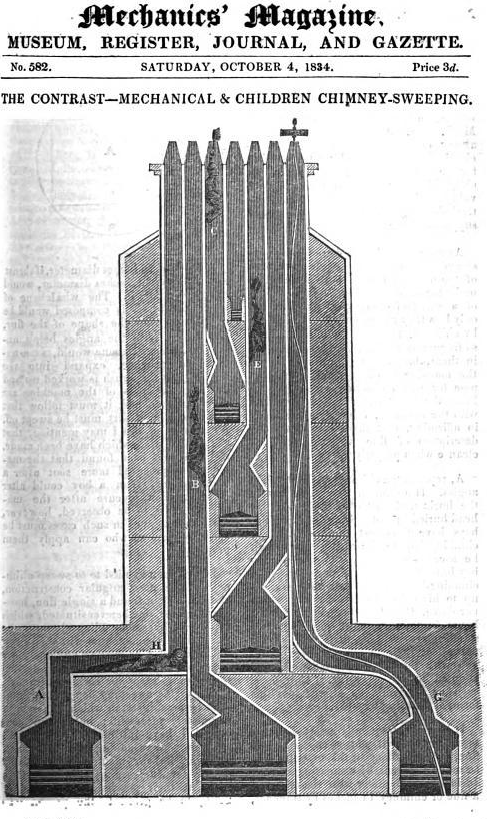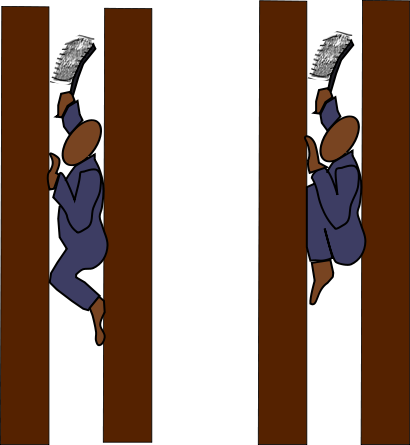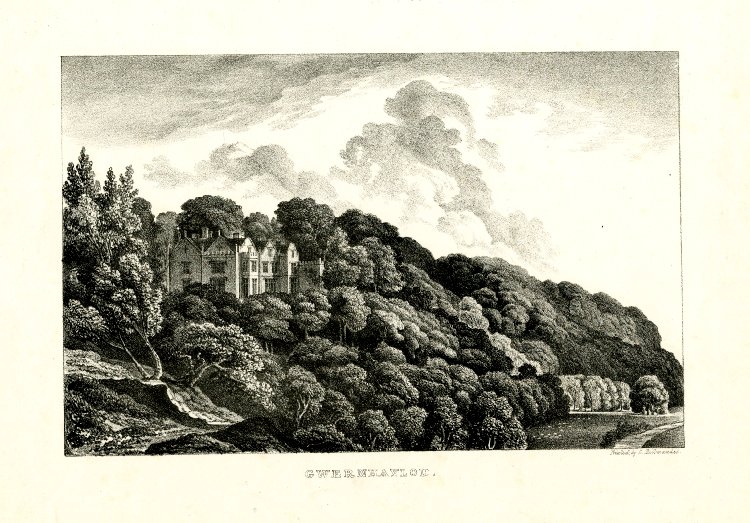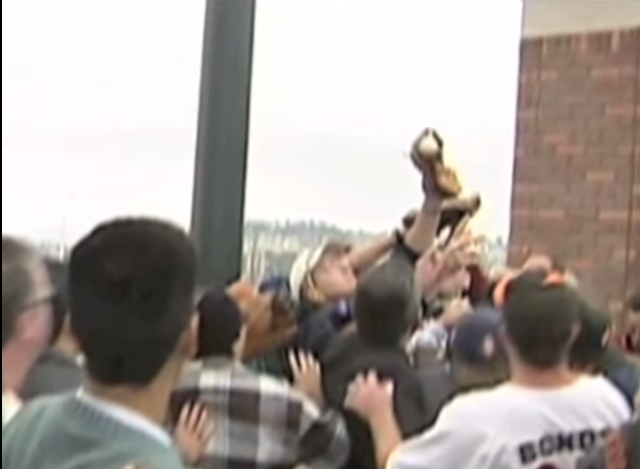Scope of Federal Powers II
- Schechter Poultry Corp. v. United States (203 – 207)
- The New Deal Court (207 – 209)
- NLRB v. Jones & Laughlin Steel Corp. (209 – 212)
- United States v. Darby (213 – 215)
- Wickard v. Filburn (216 – 220).
- The Warren Court (229 – 230)
- Hearts of Atlanta Motel (230 – 238).
- Katzenbach v. McClung (239 – 242)
The lecture notes are here.
Schechter Poultry Corp. v. United States
In Schechter Poultry, often referred to as the Sick Chicken Case, the Supreme Court unanimously invalidated the National Recovery Act, which was a centrla plank of President Roosevelt’s New Deal program.
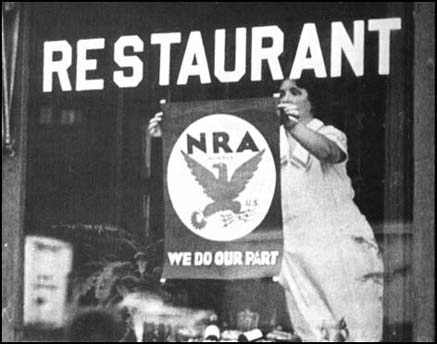

NLRB v. Jones & Laughlin Steel
Here are some photographs of the Jones & Laughlin Steel corporation, which was located outside of Pittsburgh, Pennsylvnaia.
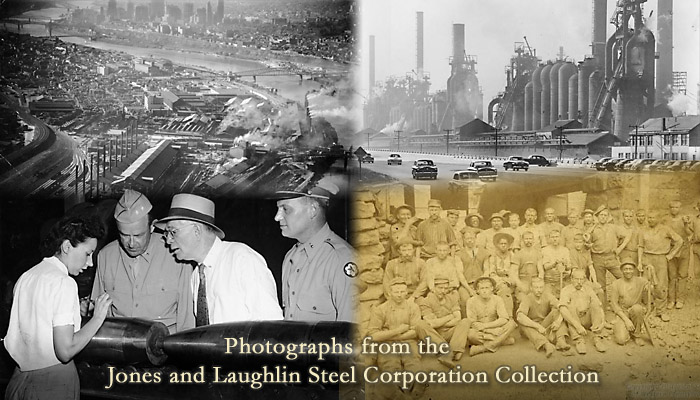
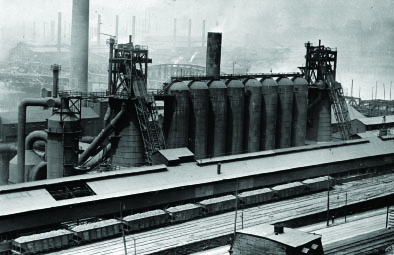
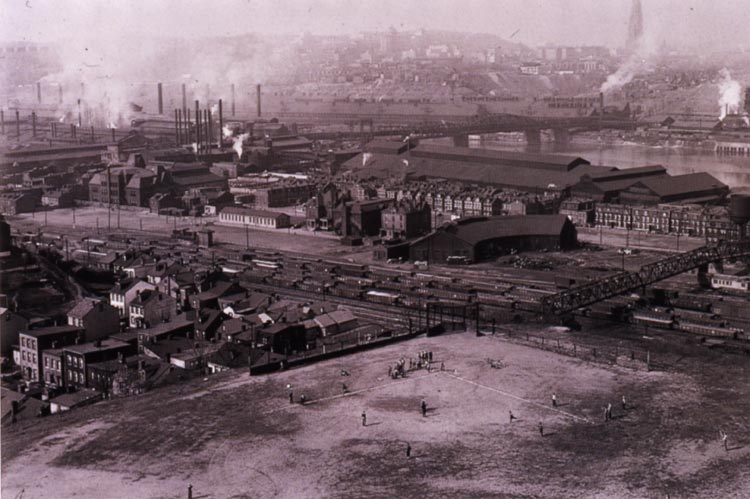
United States v. Darby Lumber Co.
The Darby Lumber Company was located in Bulloch County, Georgia. A historical marker commemorates the business.
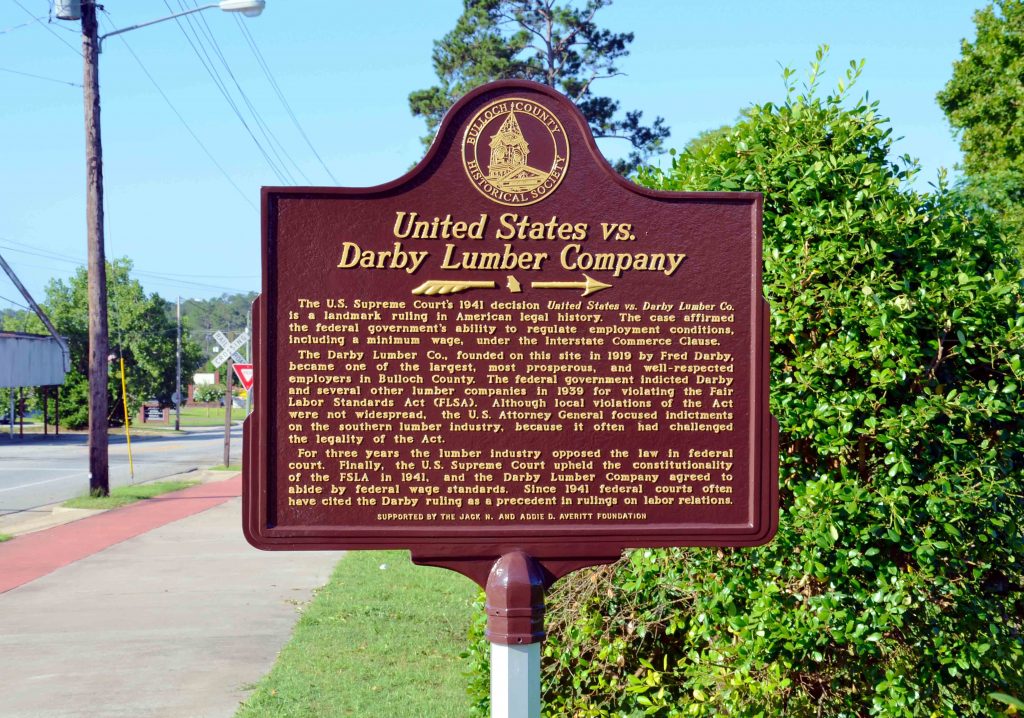
Wickard v. Filburn
This is farmer Roscoe Filburn.
This is Secretary of the Agriculture Claude Wickard.
This is Wickard, flanked by New Dealers, in front of various charts and projections about the price of agriculture.
Hearts of Atlanta Motel v. United States
The Hearts of Atlanta Motel, located at 255 Courtland Street NE in Atlanta, was owned by Atlanta lawyer Moreton Rolleston Jr. This was a segregate hotel. Rolleston represented himself all the way to the Supreme Court. The location is currently a Hilton.
During the Jim Crow era, “The Negro Motorist Green-Book” provided African Americans with a listing of hotels they could stay while traveling.
These cabins in South Carolina were advertised “For Colored.”
Katzenbach v. McClung
This is Ollie’s Bar-B-Q, the site of Katzenbach v. McClung in Birmingham, Alabama.
Many restaurants only served only white patrons, such as this restaurant in Lancaster, Ohio.
And because I am insane, I purchased an entire case of Ollie’s Bar-B-Q sauce.
And who says trolling eBay for worthless mementos from Supreme Court cases is useless. Recently, for the princely sum of $3.99 plus shipping, I purchased a matchbook from Ollie’s Barbecue–the Birmingham, Alabama establishment of Katzenbach v. McClung fame that refused to serve black customers, insisting that it did not engage in interstate commerce. Though, as the Court found, it purchase most of its meat from a butcher who had procured it from out of state.
In the 12 months preceding the passage of the Act, the restaurant purchased locally approximately $150,000 worth of food, $69,683 or 46% of which was meat that it bought from a local supplier who had procured it from outside the State. The District Court expressly found that a substantial portion of the food served in the restaurant297*297 had moved in interstate commerce.
Now, thanks to the magic of eBay, I submit to the world additional proof that Ollie’s engaged in interstate commerce! Their matchbooks were manufactured by the Universal Match Corporation in Atlanta–across state lines! Read it and weep.
It is impossible to tell exactly when the matchbook was manufactured, but based on the zip code it would have been at least 1963, as that is when zip codes were introduced. The seller on ebay–an expert in matchbooks–told me “I’m guessing late 50’s to early 60’s. The paper from that time was a bit lighter on the back, but not bright white or smooth like later on.” So this is squarely in the time period in which Ollie’s would have run right into Title II of the Civil Rights Act of 1964.
The Address for “Ollie’s World’s Best Barbecue” was 515 8th Ave., So. Birmingham, Alabama 35205. Nothing is there now. They were in that location until 1999.
So here we have it. Further proof that Ollie’s did engage in interstate commerce!
The McClung’s were apparently quite religious, as their matchbook struck a Christian spark. (Oh that pun was awesome).
On the front, the Matchbook says:
“If you never know me, you’ll miss nothing, If you never know Jesus Christ, you’ll miss everything.”
The back of the matchbook quotes from 2 Chronicles 7:14 (King James Version):
If my people, which are called by my name, shall humble themselves, and pray, and seek my face, and turn from their wicked ways; then will I hear from heaven, and will forgive their sin, and will heal their land.
The Universal Match Corporation, as evidenced by this 1950-era promotional matchbook was located at 317 Buckhead Ave, N.E., Atlanta, Georgia.


